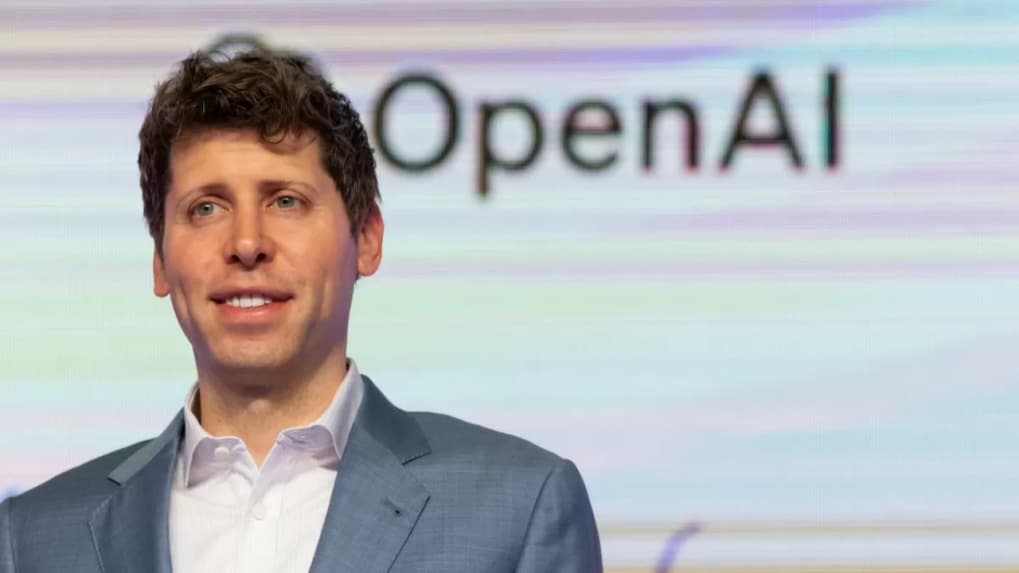Brand Makers
Dil Ka Jod Hai, Tootega Nahin

Financial scrutiny of OpenAI is deepening following a year marked by intense dealmaking and speculation around a potential IPO. Newly leaked documents, obtained by tech blogger Ed Zitron, offer a clearer look at the company’s financial relationship with Microsoft, detailing revenue flows and substantial compute costs over recent years.
According to Zitron’s reporting, Microsoft received 493.8 million dollars in revenue-share payments from OpenAI in 2024. That figure rose sharply to 865.8 million dollars in the first three quarters of 2025, based on documents he examined. OpenAI is widely believed to share around 20 per cent of its revenue with Microsoft under the terms of the tech giant’s more than 13-billion-dollar investment in the company, though neither party has publicly confirmed the exact percentage.
However, the interplay between the two firms is more complex than a one-way revenue split. A source familiar with the arrangement told TechCrunch that Microsoft also returns roughly 20 per cent of revenues from Bing and the Azure OpenAI Service back to OpenAI. Bing uses OpenAI models for search enhancements, while the Azure OpenAI Service provides developers and enterprises with cloud-based access to the company’s AI systems.
The same source noted that the leaked figures represent Microsoft's net revenue share, excluding the amounts Microsoft has already paid to OpenAI for Bing and Azure OpenAI royalties. Those deductions are made internally by Microsoft before calculating the revenue share it reports.
Because Microsoft does not disclose earnings from Bing or the Azure OpenAI Service separately, it remains difficult to determine how much the company is sending back to OpenAI. Even so, the leaked numbers offer one of the clearest views yet into the finances of the most sought-after private company in the market, showing both rising revenues and the enormous costs required to support its products.
Based on the widely circulated 20 per cent revenue-share figure, OpenAI’s revenue cwould have been at least 2.5 billion dollars in 2024 and 4.33 billion dollars in the first three quarters of 2025. Industry reports suggest the real figures are higher, with The Information previously estimating 2024 revenue at around 4 billion dollars and first-half 2025 revenue at 4.3 billion dollars.
OpenAI chief executive Sam Altman has separately said the company is earning “well more” than the reported 13 billion dollars per year, expects to finish 2025 with an annualised revenue run rate above 20 billion dollars, and believes revenues could reach 100 billion dollars by 2027.
Yet the leaked documents highlight the scale of OpenAI’s expenditure. Zitron’s analysis estimates that the company spent about 3.8 billion dollars on inference in 2024, soaring to approximately 8.65 billion dollars in the first nine months of 2025. Inference is the compute required to run a trained AI model and generate outputs for users.
Although OpenAI has historically depended almost entirely on Microsoft Azure for compute capacity, it has broadened its infrastructure partnerships with CoreWeave, Oracle, AWS and Google Cloud. Earlier reports put its total compute spending at roughly 5.6 billion dollars for 2024, with a 2.5-billion-dollar cost of revenue in the first half of 2025.
A source familiar with the company’s finances told TechCrunch that OpenAI’s training costs are predominantly non-cash, covered by the compute credits issued by Microsoft as part of its investment. In contrast, the firm’s inference costs are largely cash expenses.
While incomplete, the leaked figures suggest that OpenAI may be spending more on inference than it is bringing in through revenue, underscoring the immense financial demands of scaling frontier AI systems.
"The raucous, almost deafening, cuss words from the heartland that Piyush Pandey used with gay abandon turned things upside down in the old world order."
Read MoreFrom OpenAI’s ChatGPT-powered Atlas to Microsoft’s Copilot-enabled Edge, a new generation of AI-first browsers is transforming how people search, surf and interact online — and reshaping the future of digital advertising.